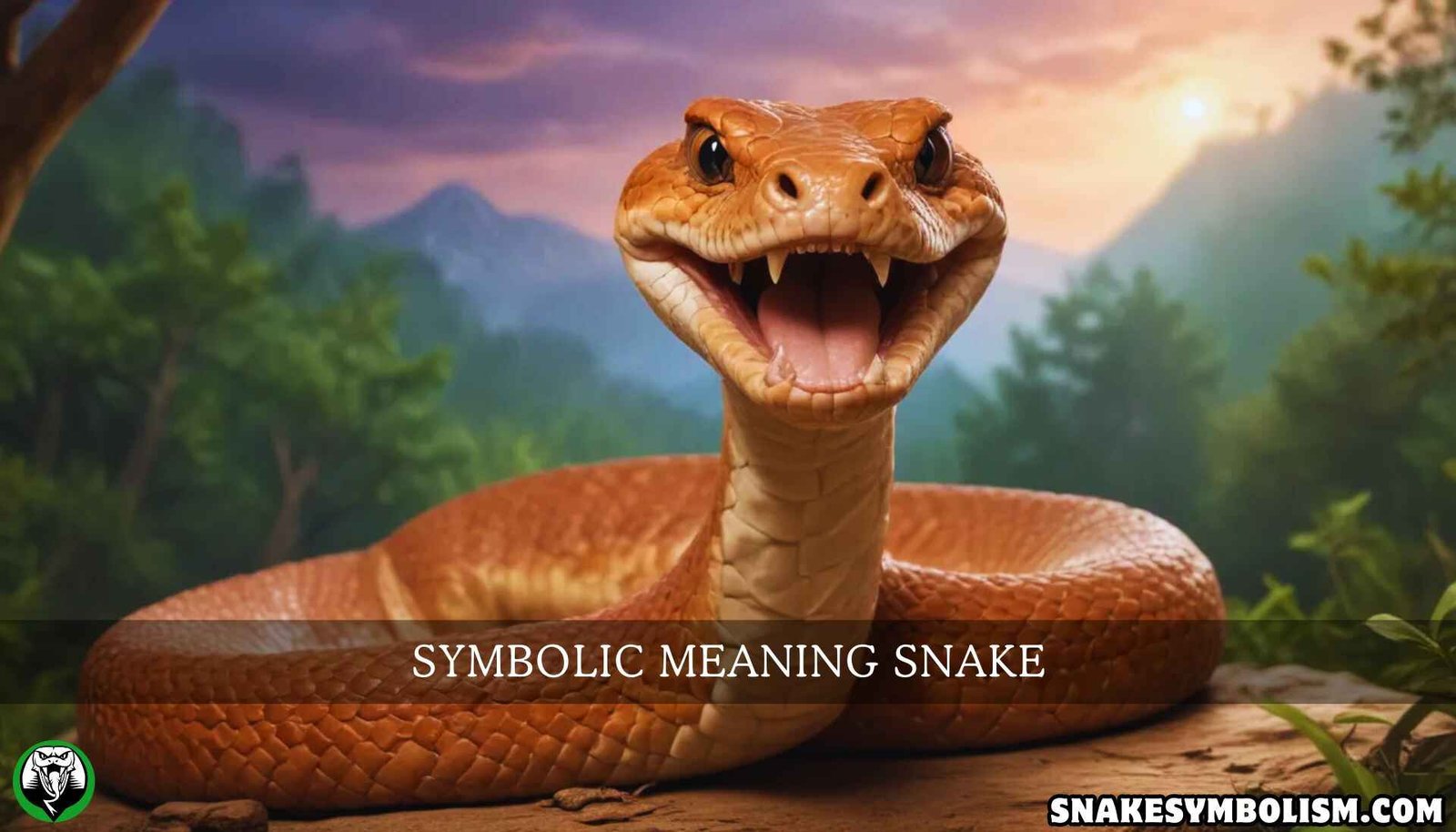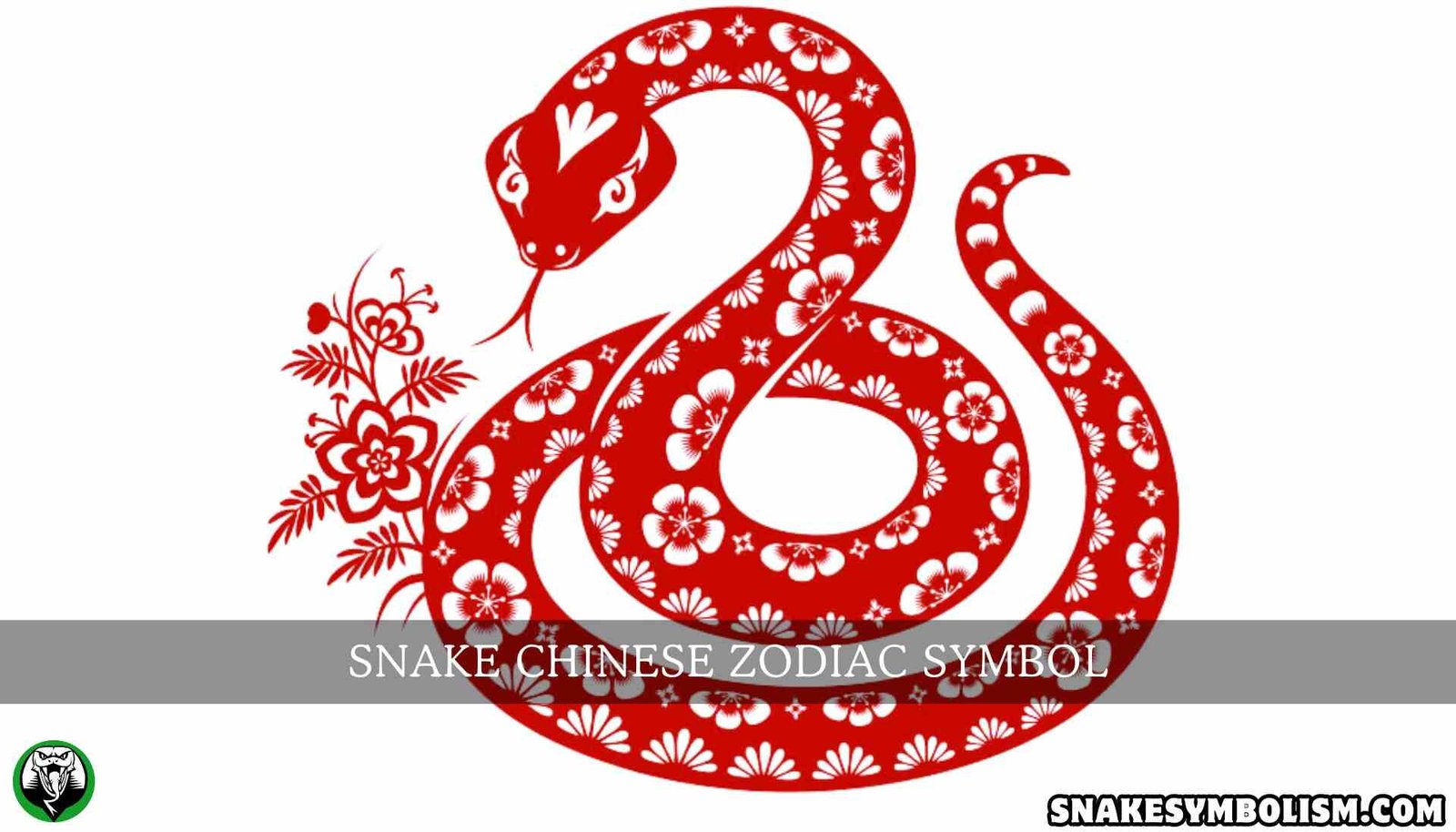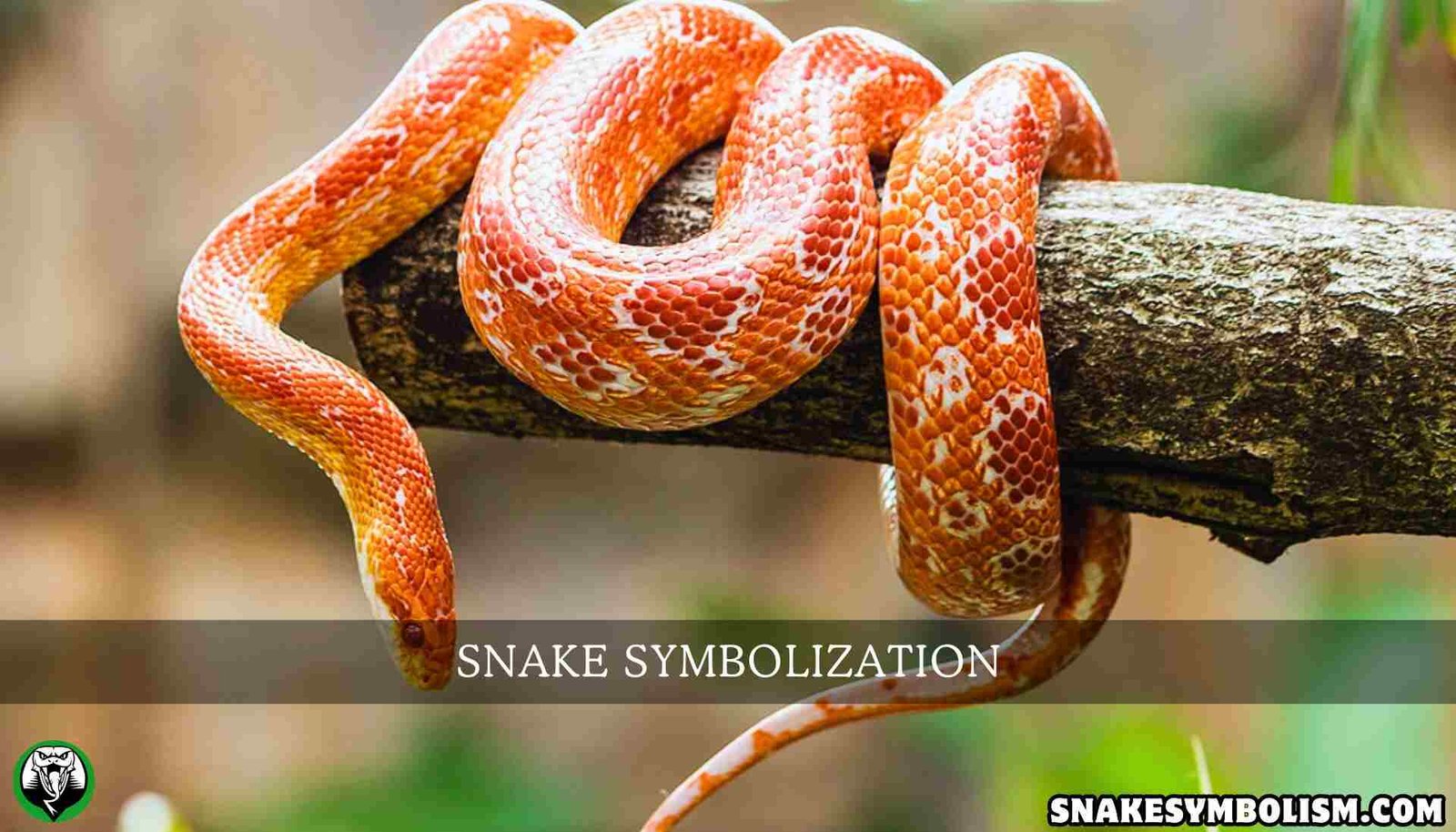Introduction
When it comes to the interpretation of symbols used in various cultures, snakes emerge as one of the most complicated symbols. From associating snakes with death and darkness to re-associating them with life and wisdom, the fashion for snakes has lasted for countless years. Whether portrayed as divine or terrifying, a serpent is an image that has stood the test of time and place. In this article, we seek to provide in-depth information on the ubiquitous symbolism of snakes in the context of myths, religions, psychology, and popular culture.
Snakes in Mythology
- Ancient Egypt
In Ancient Egypt, the serpent represented both good and evil. One of the worst examples is the cobra, a perfect representation of protection, power, and royalty One of the many snakes that become the most crowned heads of the people was the sphinx. It represented a power that came from heaven and was able to protect from evil. The Nile did not only have benevolent images; on the other hand, the Nile also had a snake god Apep who was the enemy of lion-headed Noah’s son Ra (sun god) whom the followers had no chance of winning throughout history. The two extreme views, the snake as to be worshipped and feared find a place in Egyptian mythology too.
- Greek Mythology
However, in Greek mythology, the worm proves the basic goodness and evil of a woman. The most classic example would be the medicinal god Asclepius’s scepter, which was coiled around a snake. And this stuff is the symbol of healing. Snakes held out to be an improving type of animal as they grew or rather shed their skins and we believed that it showed great improvement and transformation. But serpent heads cold snake images were unpredictable. Every important Hero had to contend with this unbeatable pollution and killing force known as the Hydra, The big-headed angry snake.
- Norse Mythology
Jörmungandr, also referred to as the Midgard Serpent is one of the famous mythological snakes in the Norse religion and is often associated with Ragnarok. Jörmungandr, as people commonly call it, is hunched over the other. There is One can imagine a serpent, whose tail is clasped in its mouth encircling a globe, and it is called the ouroboros. This signifies time as well as the beginning, continuation, and ending of the world. The story presumes that one day, Jörmungandr would engage in fierce battles with the god Thor during the 12 end-time woes called the Ragnarok, and great havoc would befall mankind. This duality continues to push the idea of a snake being a being of creation as well as destruction.
Snakes in Religion.
- Christianity.
One of the most aggressive symbols in the religion of Christianity deals with the serpent. Unfortunately, this is often viewed in the light of evil and temptation. During creation, the Genesis book outlines the presence of a serpent in the Garden of Eden persuading Eve to take the fruit. Because of this, man fell from grace, and as such, the snake has been used to symbolize evil, sin, and the devil in Christian doctrines. Sometime in the following development of the New Testament, however, snakes are described in a different context. For it is said ‘behold our ‘wisdom illustrates much of maturity and when awaited at Jesus Christ.’ (Matthew 10:16). There is a description of men being told to ‘be wise as serpents’ that implies the sophistication of snakes may be put to beneficial use.
- Hinduism
In Hinduism snakes, or “nagas,” are intuitive symbols representing both genesis and annihilation. Lord Shiva is often worshiped with a ‘Naga’ or serpent around his neck which exemplifies his control over death and time. One can see Vishnu reclining on the serpent Ananta who is the embodiment of time. The snake is comprehended as kundalini which refers to energy attributed to the human being placed at the end of the spine and which can become active through kundalini yoga practice for the attainment of enlightenment.
- Buddhism
Snakes’ connotation varies by Buddhist art, where the snakes are depicted as guardians. The legend of Mucalinda, the snake who sheltered the Buddha against the storm when the latter was in deep meditation under the tree of Sri Bodhi is informative. Here, the serpent is protective, wise, and compassionate. Snakes are seen as the embodiment of life-death modalities in Buddhism meaning the unbroken cycle of life, death, and resurrection.
Read Previous – Medical Symbol Snake
Psychological Interpretations: The Snake in Jungian Archetypes
Jung, one of the most renowned psychologists of all time, analyzed snakes as a symbol in his studies that dealt with the concept of the collective unconscious. Snakes, in this sense, are frequently said to symbolize the shadow self, the hidden and primitive aspects of oneself. The snake symbolizes the death of old habits that are no longer necessary and is a manifestation of Jungian transformations in the processes of life. The snake is therefore an emblem of both the dark regions of the mind where ideas are stored and the development and change of the individual self.
They are phallic symbols. In Freudian psychoanalysis, the snake denotes a masculine sexual organ. This perspective, while narrow, is still true as man has always viewed snakes as primitive and quite possessive.
The Snake as a Transformational and Rebirth Symbol
Perhaps one of the most common interpretations regarding snakes would be their symbolism of transformation or change or even rebirth of some sort. This remarkable association is derived from the fact that snakes are known to shed dead skin. This has been seen as a representation of moving, changing, and even revolving in life for the better. In several societies, coming across a snake or watching one go through the process of shedding skin is considered an important and serious prophecy: a time has come for change or a time of change has come to be acknowledged in the person’s life.
This particular thought about transformation fits well in determining the healing power of the snake. We already observe similar snakes in the Greek staff of Asclepius as well as the energy. Snakes are more often among the symbols of healing and recovery. A pregnant woman who has been deeply pierced by a holy totem, adorned with flowers, sacrifices her snake. It also contains poison. In addition, though deadly, it also gives a cure to snake-bites which adds to duality, yet again—annihilator yet a healer, a menace but also a reconstruction.
Snake Symbolism in this Age
Snake imagery still finds expression in modern-day art, literature, and mass media. Snake tattoos are often used to mark one’s change, strength, and lax to the inner self. In most literary works, snakes are symbols of betrayal, danger, and renewal. A public exemplification is characters like Kaa the Snake from The Jungle Books or The Harry Potter series with its Slytherin House elements of trickery and politics.
The snake pattern is also common in design. Often fashion and arts have snakes to signify power, mystery, and sexuality. For instance, in its collection, the fashion house of Gucci applies a lot of snakes as decorating elements of wear depicting classy sophistication with a touch of danger. In modern spiritual practice, the snake remains a symbol of evolution, healing, and enlightenment, like in yoga and meditative forms where the subjective push of kundalini energy is mandatory for change.
FAQs
Q: What does a serpent mean in different cultures?
A: Across ancient as well as contemporary societies, snakes signify many ideas such as death and rebirth, evil, wisdom, renewal and healing, transformation, and potent threat. In some of them, snakes are respected, as in Ancient Egypt or Hinduism, whereas in Christianity, they are feared.
Q: Why are snakes linked to rebirth and transformation?
A: Shed skin is an idealized image of growth and development for all reptiles and it parallels emotions such as changes for the better, or a new beginning. Shedding or molting is associated with psychological growth and the changes all individuals experience.
Q: What does it signify to see a snake in spirituality?
A: As per several spiritual beliefs, a snake can denote a time of change, restoration, or initiation. In many cases, it may be interpreted as a motivation to orient oneself toward change or to take a leap in one’s spiritual journey.
Q: Why snakes are regarded as a symbol of curative power?
A: In ancient Greek myths, it is said that the guidance of the snakes belongs to Asclepius, a god related to medicine, whose staff is still considered to be an emblem of medicine even now. He carries a snake, whose nature is both poisonous and deadly, and dramatically deft at the practice of healing.
Q: What does a snake symbolize in Jungian perspective?
A: The snakes from this perspective assume the role of the “shadow” in Jungian psychology, that is the unsupported and primitive part of the mind. They are also regarded as symbols of change and self-recreation because of their ability to shed skin.
In Short
For centuries, the snake has been attributed to the duality of existence: creation versus destruction, its mortality versus immortality, a remedy or a machination. This complexity, however, is the main reason for its strength, as its signification is different among peoples, religions, and periods. The snake has been a central emblem throughout history from mythology to psychology: Change, control, facelessness, and other possibilities of life. For history, as evolution takes place at each level of development of humanity, a more complex understanding of this creature, which is its own culture, is likely to be achieved, whose symbolism has the layers of the psyche or reflection of eternal constellations.
Stay connected and updated with – SnakeSymbolism!






